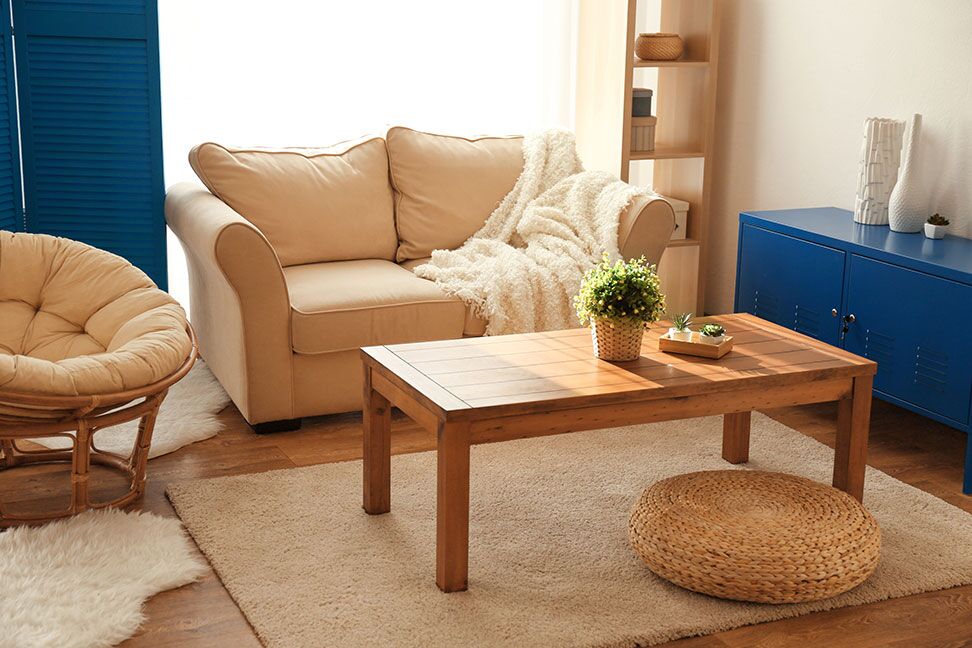The 30-Second Trick For Highland Manor Wood Products, Llc
Table of ContentsEverything about Highland Manor Wood Products, LlcNot known Facts About Highland Manor Wood Products, LlcHighland Manor Wood Products, Llc Things To Know Before You BuyThe Facts About Highland Manor Wood Products, Llc Revealed3 Simple Techniques For Highland Manor Wood Products, Llc
Tidy the broken edges of the table leg to guarantee a smooth, solid bond. Carefully line up the busted items. Use clamps to hold the items together briefly.Additionally, getting rid of the legs alleviates the stress they might sustain if the table is carried or loaded improperly, preventing them from bearing too much weight or experiencing excessive strain. Make certain that the table, particularly its legs, is safely placed in the moving automobile. The table should not totter or have the possible to fall over.

Some Known Questions About Highland Manor Wood Products, Llc.
Take the masking tape and cover your drill little bit regarding inches of the way down the little bit. This is to help make certain you don't drill through the table top while making certain the deepness you need for the screws. Carefully pierce each of the screw holes to the correct depth, using the marks you made.
Utilize the effect chauffeur to screw each leg securely into place. It's finest to go one leg at a time to make sure the positioning is ideal and each leg is secure prior to moving on to the following.
(https://fliphtml5.com/homepage/eeitk/highland-manor-wood-products,-llc/)
Repeat these steps to take care of any type of other damaged legs on the table.
Make use of a jig saw to cut them diagonally from edge to collar to generate four corner blocks. Cut a notch out of the back of the edge block reverse from the diagonal cut to ensure that the notch fits over the top of the leg and supplies extra strength in the corner.
Not known Incorrect Statements About Highland Manor Wood Products, Llc
Drive one even more screw, focused through the block, right into the edge of the table leg. Intensify your light-weight table by including some ballast. This offers to squash errant, thin table tops, as well as add some weight to maintain them where they belong. Step the length and width under the table in between the legs.

For a developer look, usage bullnose or profiled moldings as opposed to hardwood strips. Great deals of tables have integrated cots to include security. Cots are horizontal pieces of wood about 4 inches up from the flooring. Two cots run in between the sides of the legs on the table's short ends, with one long stretcher linking the two short stretchers in the.

The 8-Minute Rule for Highland Manor Wood Products, Llc
Each item has its very own tale to inform, and antique table legs play a vital function in the general appearances and security of these prizes. Recovering them not only restores their elegance however also assists protect their historical value. Recognizing antique table legs starts with acknowledging the different kinds of antique tables and their historical contexts.
Antique tables come in numerous styles, such as Queen Anne, Chippendale, or Victorian, each with its distinct layout and features. Understanding the kind of table you have will direct your reconstruction efforts.
French bnisterie furniture, with its intricate workmanship, would likely be most worth restoring and may demand specialist services, whereas a table located at a yard sales might not warrant the reconstruction expense. As you start the trip of recovering antique table legs, one of the preliminary and pivotal actions is to closely analyze these important elements of your cherished piece.
Highland Manor Wood Products, Llc for Dummies
Begin by looking at the surface area of the table legs diligently. Try to find any type of noticeable fractures that might have created over time. Splits can vary in dimension and severity, from small surface blemishes to deep structural cracks. Each fracture informs a story of the table's history, and addressing them is necessary for both appearances and structural stability (dining table legs).
These divides can jeopardize the overall strength and look of the legs. Pay close focus to the joints where the table legs satisfy the table's framework or apron.
Evaluate the general architectural honesty of the legs. Check for any type of warping or twisting that might affect their stability. Examine the joints carefully to gauge the level of looseness. Some joints may just require glue and clamping, while others might require added reinforcement. By meticulously assessing the wear and damages, you can produce an extensive restoration strategy tailored to the particular requirements of your antique table legs.